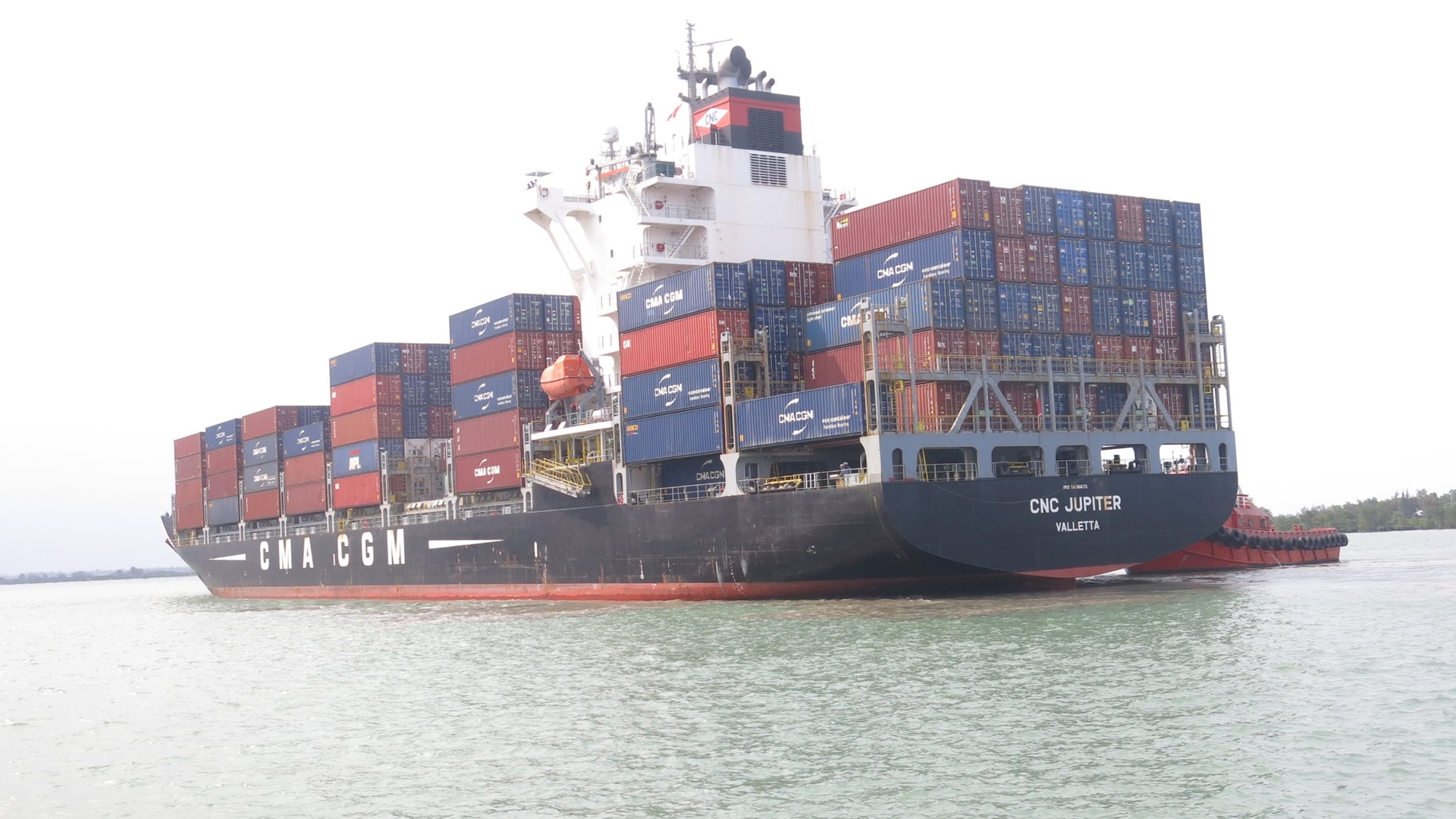
Maritime capacity
Since the STIC ship from Incheon port (Korea) arrived at Tam Hiep port No. 1 on August 5, 2016, without going through transit ports in Da Nang or Ho Chi Minh City, Chu Lai inland seaport has become an "international port".
From a port that started in 2002 to transport only cement, wood chips, coal ore... around the region, to the sea transport route from Ho Chi Minh City to Ky Ha (and vice versa) opened by the container ship, general cargo ship Truong Hai Star of Chu Lai - Truong Hai Shipping Company Limited (Truong Hai Automobile Group) on May 28, 2006 to the international seaport, direct import and export is a long series of investment days.
Ky Ha Port has been opened, but it cannot fill the logistic gap in Chu Lai. Enterprises’ goods, especially Truong Hai, always face difficulties in transportation.
CKD (100% domestically assembled vehicles with imported components) components from Korea must be transported to Ho Chi Minh City, then transferred to Chu Lai. These transit trips have resulted in costs doubling and taking a lot of time.

When putting the Kia bus and tourist car factory into operation, an important decision was made by Truong Hai to invest in building Chu Lai - Truong Hai port (Tam Hiep wharf - Ky Ha port).
Truong Hai has spent thousands of billions of VND to build one of the most dynamic ports in the Central region. At least 4 international shipping lines (CMA, CGM, APL, ZIM...) call at the port to load cargo every week.
In addition to the "backbone" of finished automobiles, components, machinery, equipment and agricultural products of THACO itself, other items such as agricultural supplies for farms in Cambodia, Laos, the Central Highlands... imported from Chu Lai port will be transported back to the farms and receive fruits from the farms.
Cargo log of Tam Hiep port, cargo throughput through the port increases every year. According to statistics of Ky Ha Customs, in 2024, customs procedures were handled for more than 250 enterprises to clear goods (an increase of 19.01%). Import and export turnover increased by 25.6% (2,519.17 million USD).
Main export items are leather shoes, garment processing products, wood products, electronic chips... Main import items are components, auto parts, garment materials, leather shoes, raw chip components... In addition, transit was carried out for 3,197 declarations (up 32%), handling 30,784 vehicles (up 290%).
Mr. Nguyen Ngoc Sy - Deputy Head of Ky Ha Port Customs said that transit and independently transported goods are mainly fresh bananas, auto parts, aluminum ore, and iron ore from Laos through Nam Giang border gate and Bo Y border gate.
National Highway 14D is seriously degraded, so transit goods (ore) from Laos to Chu Lai for export to China are limited, about 110 vehicles/day, more than 3,500 tons/day.
If national highways 14D and 14E are upgraded and traffic becomes more convenient, the number of vehicles will increase; the amount of goods exported through Chu Lai port is estimated to double.
Seaport aspirations
The completed wharf No. 2 (wharf of 50,000 tons), Chu Lai international port is a 365m extension downstream, connecting to wharf No. 1, increasing the total length of Chu Lai port to 836m, the depth before the wharf reaches minus 11.6m, ensuring the reception of general cargo ships and container ships with a capacity of up to 50,000 tons.

Synchronous infrastructure, modern loading and unloading equipment, increasing the port's loading and unloading capacity to nearly 100 containers/hour, 3 times higher than port number 1. On March 21, 2025, the 30,000-ton ship of CMA CGM docked at the port just a few minutes after Quang Nam affixed the sign recognizing the 50,000-ton port.
Mr. Phan Van Ky - Director of Chu Lai International Port said: The 50,000-ton port is not only a step forward in infrastructure development but also plays an important role in enhancing capacity, helping to reduce logistics chain service costs.
Phase 2 dredging will continue to a depth of minus 14.7m, ensuring the reception of general cargo ships and container ships with a capacity of up to 50,000 tons. The total cargo throughput in 2025 through the port is estimated to reach 5.5 million tons.
Quang Nam seaport has been planned as a class I seaport. This international port, the center of the multimodal transport model, has a strategic location, smooth connections, a trade hub with local and central arterial routes, and is an undisputed gateway to the East Sea of the Central Highlands, Southern Laos, Northeastern Cambodia and Thailand.
However, the current route mainly serves small vessels, under 20,000 tons. Truong Hai once lost the opportunity to promote the export of semi-trailers to the US when it was forced to borrow Dung Quat port (Quang Ngai) to export goods.
A 50,000-ton port has been invested in, but what can be done to maximize the port's capacity and reduce logistics costs for businesses when there is no large, deep, and wide enough waterway?
Mr. Bui Minh Truc - General Director of THILOGI (a member corporation of Truong Hai) said: "The Ky Ha channel dredged to a depth of minus 9.3m will be put into operation in the second quarter of 2025, receiving ships of 30,000 tons. The enterprise is actively implementing legal procedures to submit documents for approval of the investment policy, and at the same time accept investors after competent authorities approve related plans. The Cua Lo channel will be invested to receive ships of more than 50,000 tons in 2028".
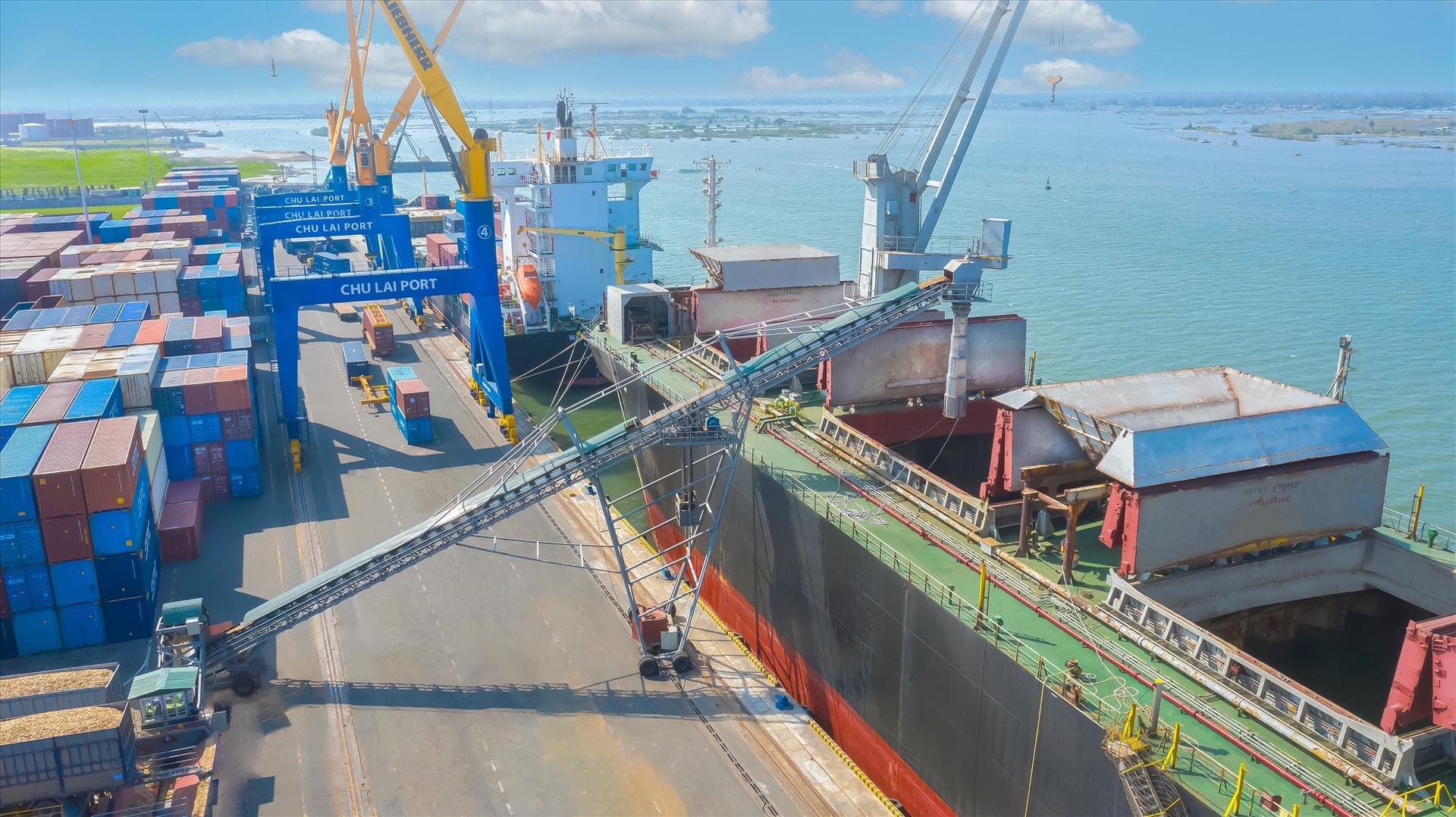
According to the master plan for the development of the national seaport system, Chu Lai port belongs to group 3 seaports, and is one of the important links in the logistics supply chain of the Central Highlands. Port expansion is not only in line with the region's sustainable development strategy but also contributes to improving competitiveness, promoting international trade, and connecting with major ports in the ASEAN region.
Mr. Tran Ba Duong - Chairman of Truong Hai Board of Directors said that Chu Lai has goods coming in, but lacks export goods. The bottleneck of Chu Lai is that the logistics cost from Chu Lai, especially international connections, is higher than the two ends of the country. In addition to convection goods, by the end of 2025, there will be 70-80 containers of agricultural products exported through Chu Lai port every day. There will be a 30,000-ton shuttle ship going to Shanghai. From there, exports will be made to the US, Europe, and cargo routes to Japan...
If Cua Lo channel is opened, international travel costs will be cheaper than between the two ends of the country. Enterprises will go to Quang Nam or neighboring areas to produce, calling for investment in the Central region.
Currently, investment in Chu Lai is mainly by large enterprises. Small enterprises find it difficult to enter because of high logistics costs. The establishment of Cua Lo Channel to receive 50,000-ton ships is a meaningful project that creates development momentum for Quang Nam.
Vice Chairman of the provincial People's Committee Tran Nam Hung said that Chu Lai seaport and Cua Lo channel for 50,000-ton ships are important public maritime infrastructures that are decisive to the development orientation of Chu Lai Open Economic Zone and Quang Nam province as determined in the planning. Investment in port infrastructure and maritime channels is a prerequisite for the development and formation of a logistics center in Chu Lai.
Source: https://baoquangnam.vn/quang-nam-nuoi-duong-giac-mo-cang-bien-quoc-te-3151936.html



![[Photo] Looking back at the impressive moments of the Vietnamese rescue team in Myanmar](https://vstatic.vietnam.vn/vietnam/resource/IMAGE/2025/4/11/5623ca902a934e19b604c718265249d0)


![[Photo] "Beauties" participate in the parade rehearsal at Bien Hoa airport](https://vstatic.vietnam.vn/vietnam/resource/IMAGE/2025/4/11/155502af3384431e918de0e2e585d13a)





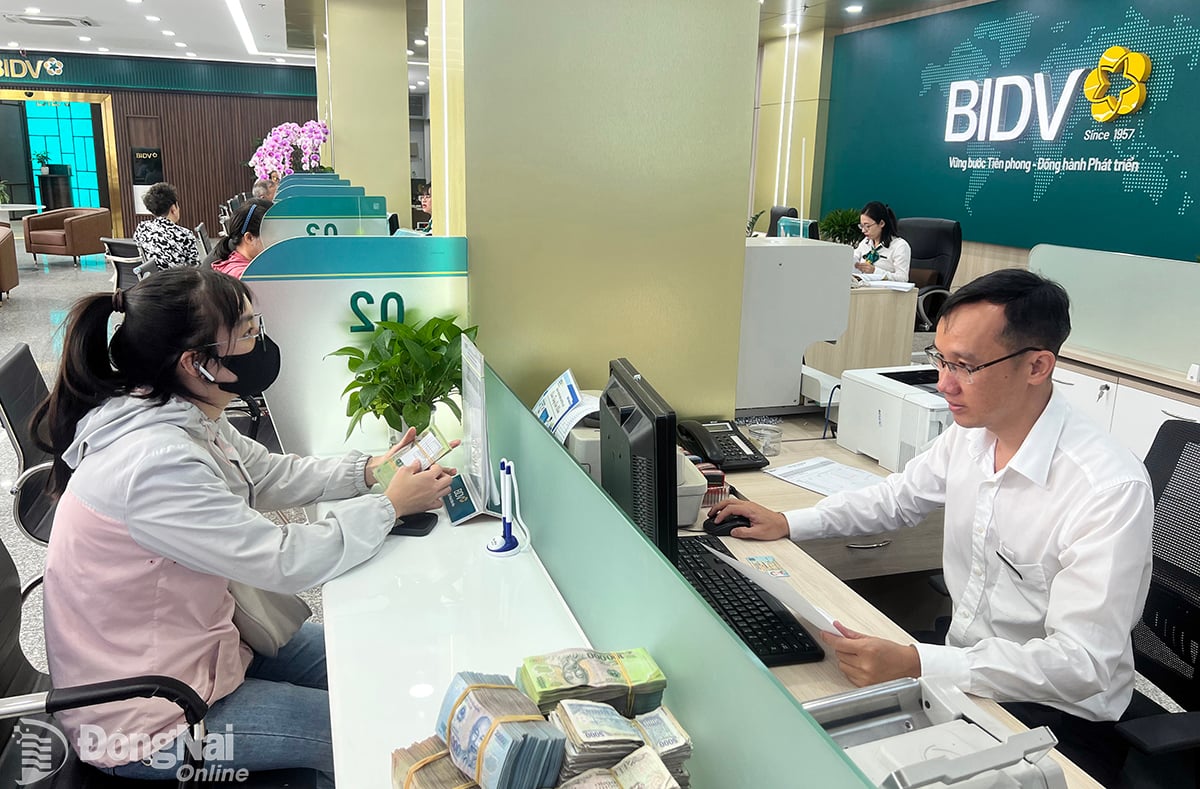
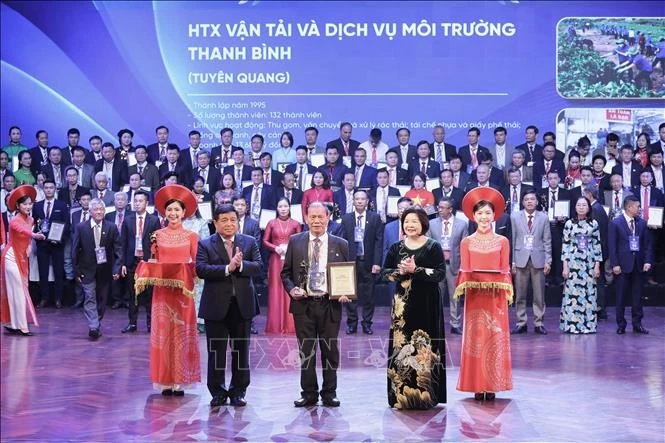




![[VIDEO] - Learn about our roots at Quang Nam Museum](https://vstatic.vietnam.vn/vietnam/resource/IMAGE/2025/4/11/748515f547d84f89ac9d3586225c614d)
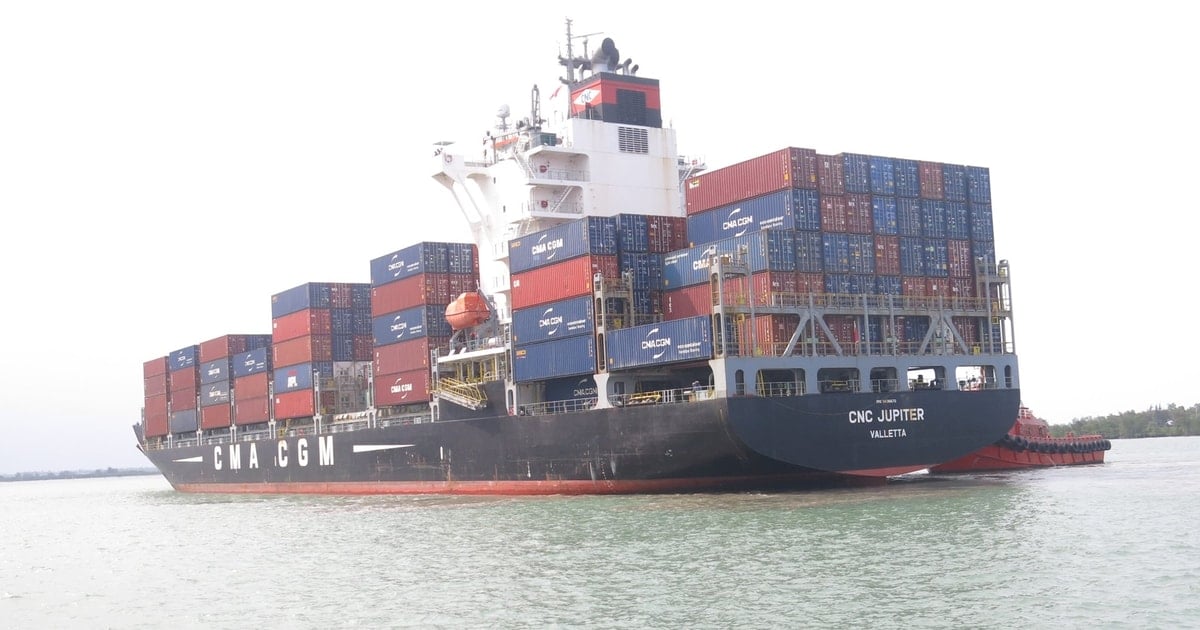

![[Photo] Summary of parade practice in preparation for the April 30th celebration](https://vstatic.vietnam.vn/vietnam/resource/IMAGE/2025/4/11/78cfee0f2cc045b387ff1a4362b5950f)














































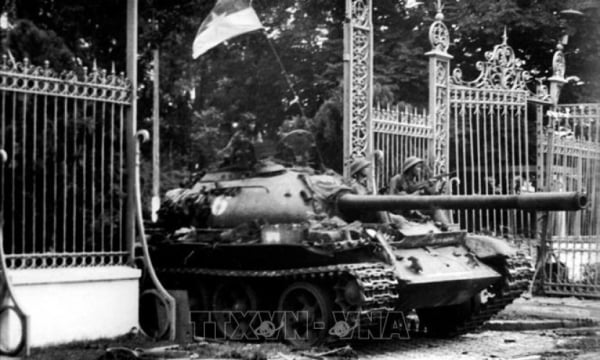
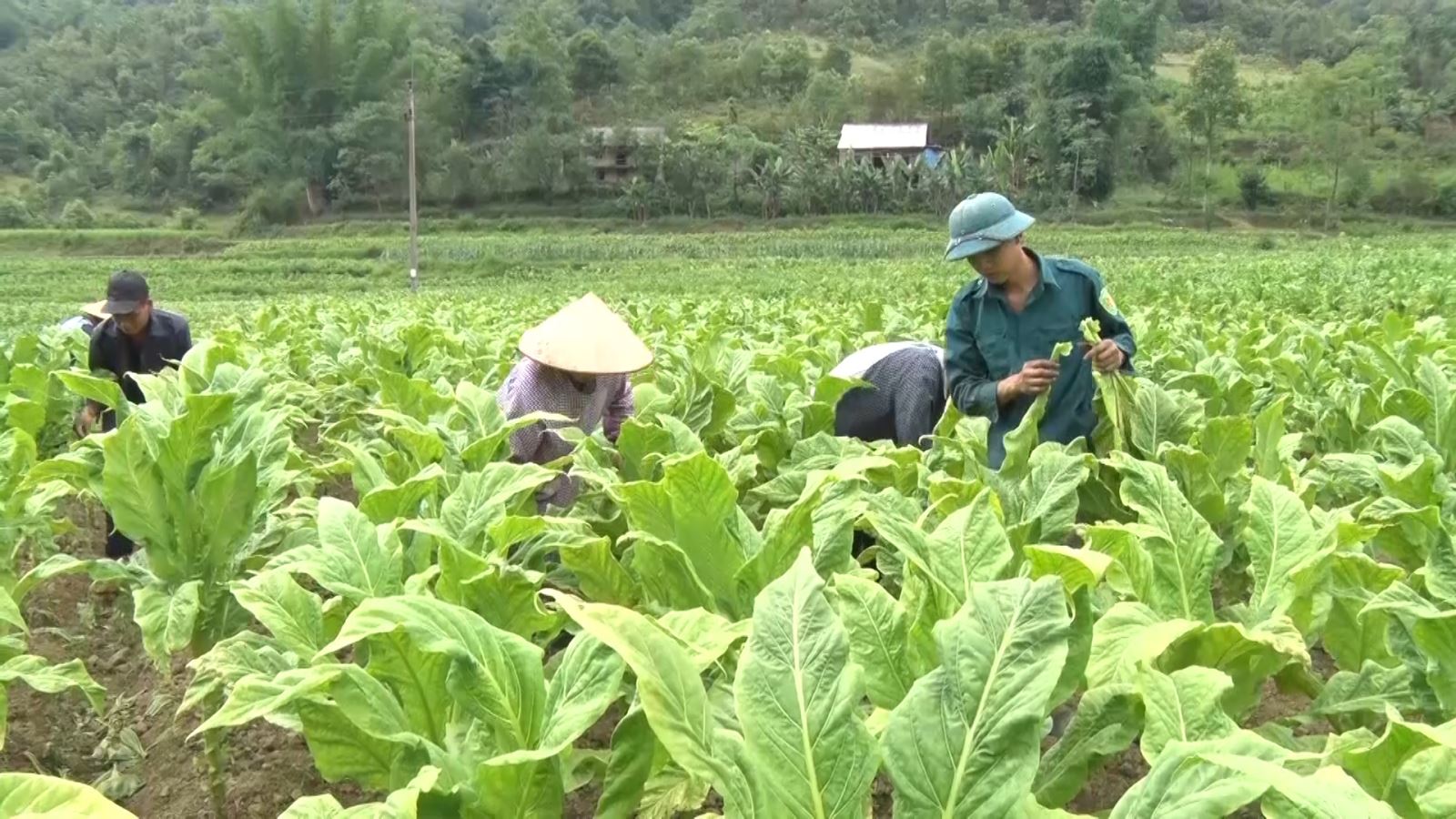













Comment (0)